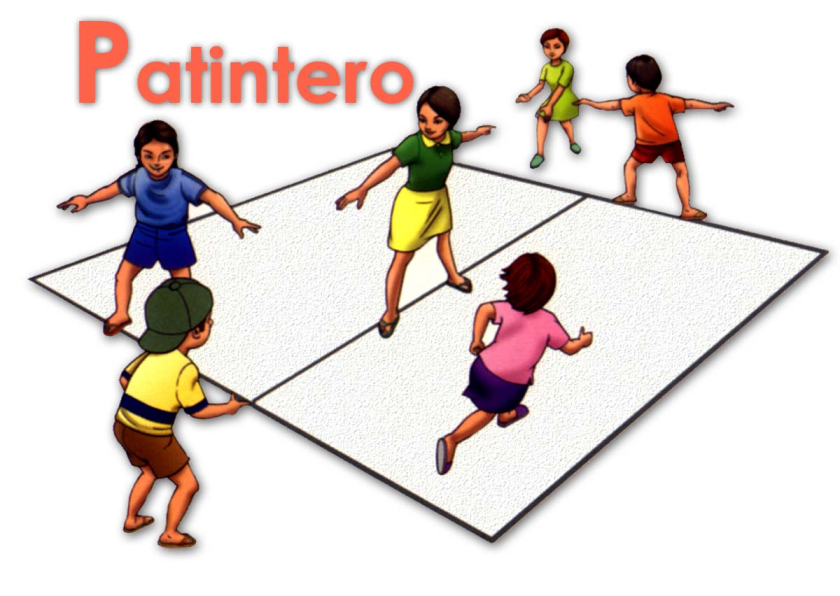Traditional Filipino games, known as "larong pinoy," hold a cherished place in the vibrant cultural tapestry of the Philippines. These games, deeply rooted in the country's heritage, have been played for generations and continue to capture both young and old.
In Filipino culture, traditional games serve as more than just pastimes; they are an essential part of the community's identity and social fabric. Playing these games fosters camaraderie, teamwork, and physical activity among players, fostering unity and shared experiences.
Through the lively and energetic gameplay, traditional Filipino games instill values such as sportsmanship, perseverance, and respect. Moreover, they offer a glimpse into the rich history and traditions of the Philippines, showcasing the creativity, resourcefulness, and ingenuity of its people.
In this article, we will embark on a captivating journey to explore the diverse and fascinating world of Philippine games, delving into the rules, history, and cultural significance of the beloved larong pinoy.
Table of contents [Show]
Patintero of Larong Pinoy: The Thrilling Game of Tag

Patintero, a popular game in the Philippines, holds a special place in the realm of Larong Pinoy, or traditional Filipino games. With a rich history and engaging gameplay, Patintero showcases the vibrant spirit and cultural heritage of the Philippines.
Origin and History:
Patintero can be traced back to pre-colonial times when it was played by indigenous communities across the Philippine archipelago. Originally known as "Habulan sa Paa," this game served as a means to develop agility, strategy, and social cohesion among its participants. Over time, it evolved into the Patintero known today, adapting to the changing times while retaining its core essence.
Game Rules and Gameplay:
The primary objective of Patintero is for one team to successfully cross over to the opposing team's territory and return without getting tagged. As the game begins, two teams take their positions on the marked lines. The defending team, known as the "patots," stands guard, ready to protect their territory. The opposing team, called the "tayas," prepares to cross over. With quick feet and sharp minds, the "tayas" make daring attempts to evade the vigilant "patots" and reach the other side.
What is the main goal of patintero?
In Patintero, players aim to showcase agility, speed, and strategic thinking while evading capture by the opposing team. Maneuvering through the playing area, they must navigate defenders, anticipate movements, and employ calculated moves to avoid being tagged. By successfully crossing over and back untagged, players demonstrate their dexterity, wit, and ability to outmaneuver opponents. This traditional Filipino games fosters a competitive atmosphere, where participants showcase physical prowess and employ tactics to outsmart the opposing team.
Sipa of Larong Pinoy: Skilful Kicks and Athletic Feats

Sipa, also known as Takyan, is a traditional Filipino games that traces its origins back to before the Spanish colonization in the 15th century. Larong Pinoy is renowned for its challenging nature, which requires players to demonstrate speed, agility, stamina, and exceptional ball control. Introduced during the colonial era, the Spaniards brought Sipa to the Philippines, showcasing its similarities to the popular Asian game, Sepak Takraw.
Origin and History:
Sipa can be traced back to ancient times in the Philippines. It is believed to have originated even before Spanish colonization in the fifteenth century. Sipa holds a significant place in Filipino culture as a traditional game that showcases agility, skill, and camaraderie. Throughout history, Sipa has been enjoyed by people of all ages, from children playing on the streets to adults engaging in friendly competitions. Today, Sipa continues to be cherished as a cultural heritage, reminding Filipinos of their rich traditions and providing a joyful connection to their past.
Game Rules and Gameplay:
As one of the most popular Larong Pinoy games, sipa is a ball game played with a rattan ball and a netted hoop called a sipa. The object of the game is to keep the ball in the air by using various parts of the body except for the hands. To maintain the ball airborne, players can use their feet, knees, and even their heads to keep the ball in the air. It is a fun and challenging game that promotes agility and coordination, while providing fun and excitement for players.
Traditional Filipino games - Pusoy: The static Larong Pinoy

After exploring numerous traditional outdoor activities in the Philippines, it's time to delve into the captivating world of traditional indoor games. Get ready to discover the wonders of Larong Pinoy, the collection of beloved traditional Filipino games. Among them, the highly popular game that takes the spotlight is Pusoy. Prepare to immerse yourself in the excitement of this traditional indoor activity, showcasing the rich cultural heritage of the Philippines.
Origin and History:
Pusoy, a beloved traditional Filipino game, holds a significant place in Larong Pinoy, the collection of traditional Filipino games. Originating from Chinese poker, Pusoy found its way into the hearts of Filipinos as a popular indoor activity. This game involves strategic card play and the formation of winning hands. Passed down through generations, Pusoy continues to be cherished as part of the rich cultural heritage of the Philippines. This game's enduring popularity shows how much joy it brings to players of all ages.
Game Rules and Gameplay:

The game is played with a standard deck of 52 cards and involves strategic decision-making and skillful card arrangements. The objective is to create the strongest hand among the players, following a specific hierarchy of card combinations. With each turn, players strategically play their cards to outwit opponents and secure victory. Pusoy embodies the essence of traditional Filipino games, fostering friendly competition and providing hours of entertainment for players of all ages.
As we've explored the diverse world of Larong Pinoy, we've witnessed captivating gameplay and learned about the historical roots of Patintero, Sipa, and Pusoy. These traditional Filipino games showcase the physical prowess, strategic thinking, and social cohesion that have been valued throughout generations.
Let us continue to embrace these timeless treasures, celebrating the vibrant heritage of the Philippines and keeping the spirit of Larong Pinoy alive for future generations to enjoy.











